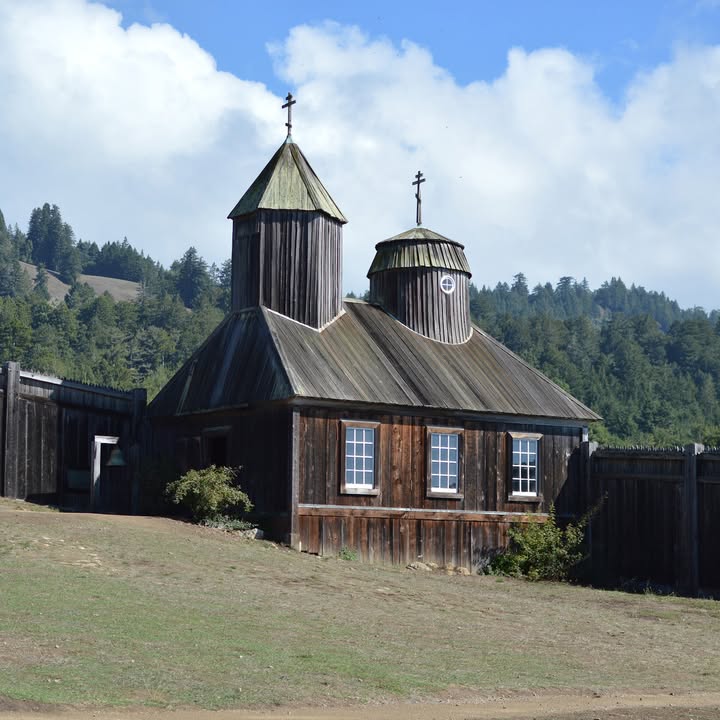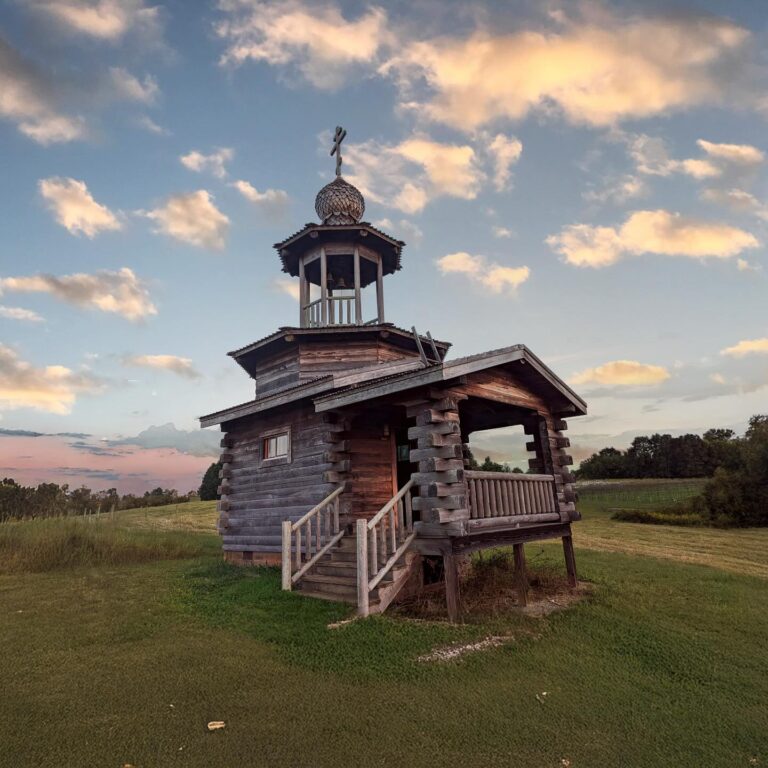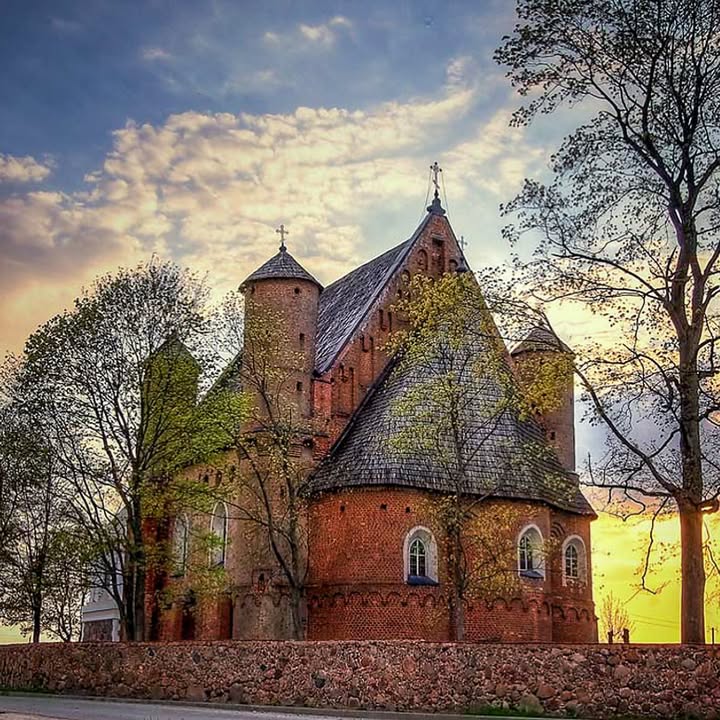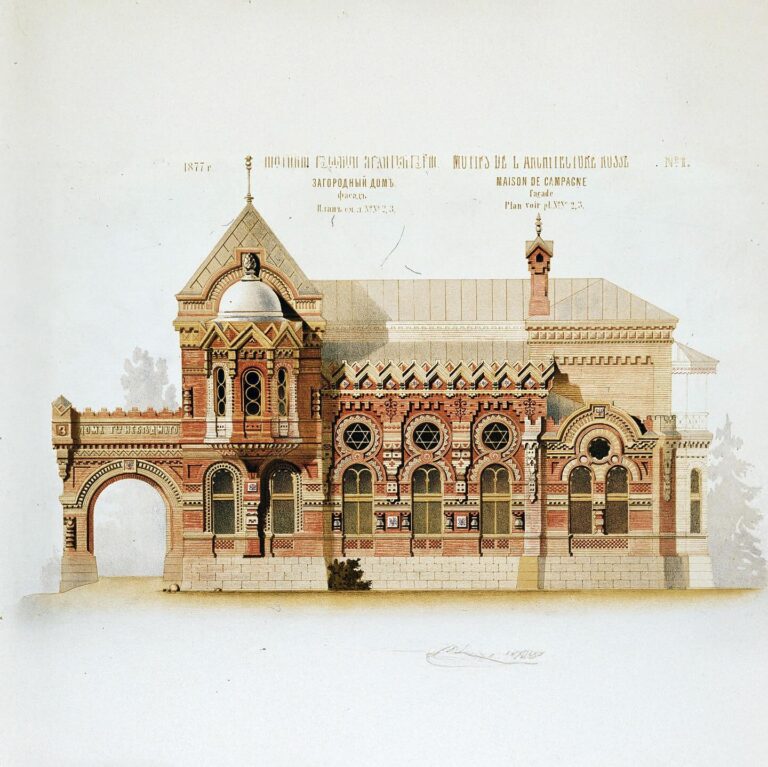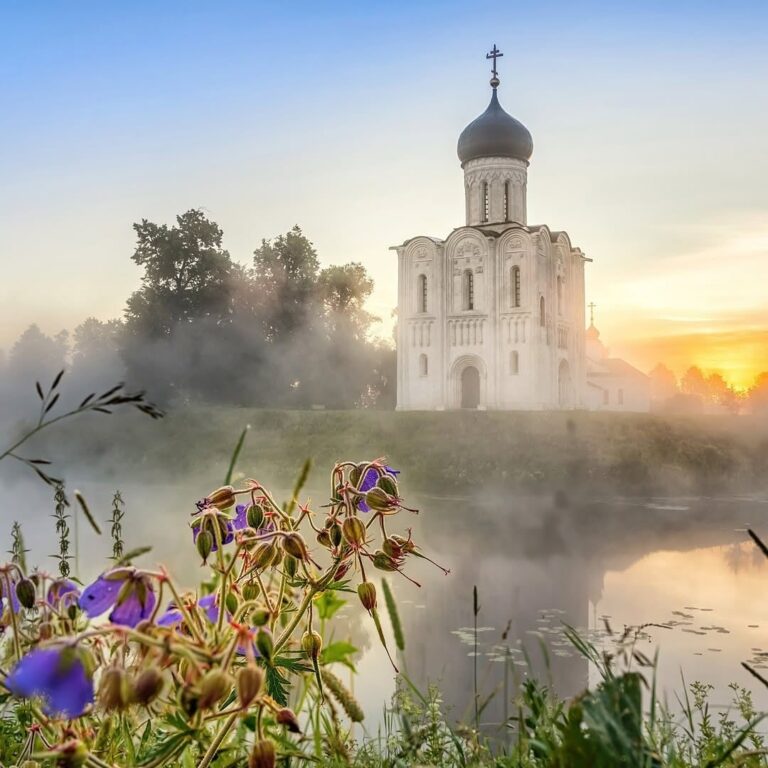Did you know California’s first Orthodox church wasn’t a grand…
Did you know California’s first Orthodox church wasn’t a grand cathedral — but a humble wooden chapel? Not in San Francisco. Not in L.A. We’re talking Fort Ross, built by Russian promyshlenniki in the 1820s on the edge of the Pacific.
No full-time priest served there, but in 1836, a legendary visitor arrived — Father Ioann Veniaminov. He baptized, married, served liturgies… then went on to become Bishop of Alaska, head of the Russian Church, and later canonized as Saint Innocent. Not bad for a pastoral pit stop.
Unlike Spanish missionaries, the Russians didn’t baptize by the dozens. They insisted on sincere belief and understanding. Quality over quantity — even in the 1800s.
The original chapel? Think “minimalist rustic.” A small belfry, two icons in silver rizas — and that’s about it. It didn’t bring in much money, but it stood tall in spirit.
Then came the drama.
➡️ Destroyed in the 1906 earthquake.
➡️ Rebuilt with salvaged lumber.
➡️ Burned to the ground again in 1970.
➡️ Reconstructed once more in 1973 — this time using some of the charred remains.
Even the bell melted. But it was reborn — recast in Belgium using original metal and a rubbing from the lost inscription. It now bears Church Slavonic words:
“Heavenly King, receive all who glorify Him.”
And that iconic Orthodox cross?
The slanted bar at the bottom points both up and down — symbolizing the two thieves on either side of Christ… and the choice each of us makes.
Since 1925, this little chapel has hosted Orthodox services on Memorial Day, the Fourth of July, and the annual Fort Ross Festival. It still does.
A survivor. A symbol. A sacred space by the sea.
#fortross #orthodoxarchitecture #russianheritage #historicchurches #orthodoxhistory #saintinnocent #woodenchurch #californiahistory #sacredspaces #churcharchitecture #molodin #aleksandrmolodin #orthodoxdesign #orthodoxchapel #americanorthodoxy





